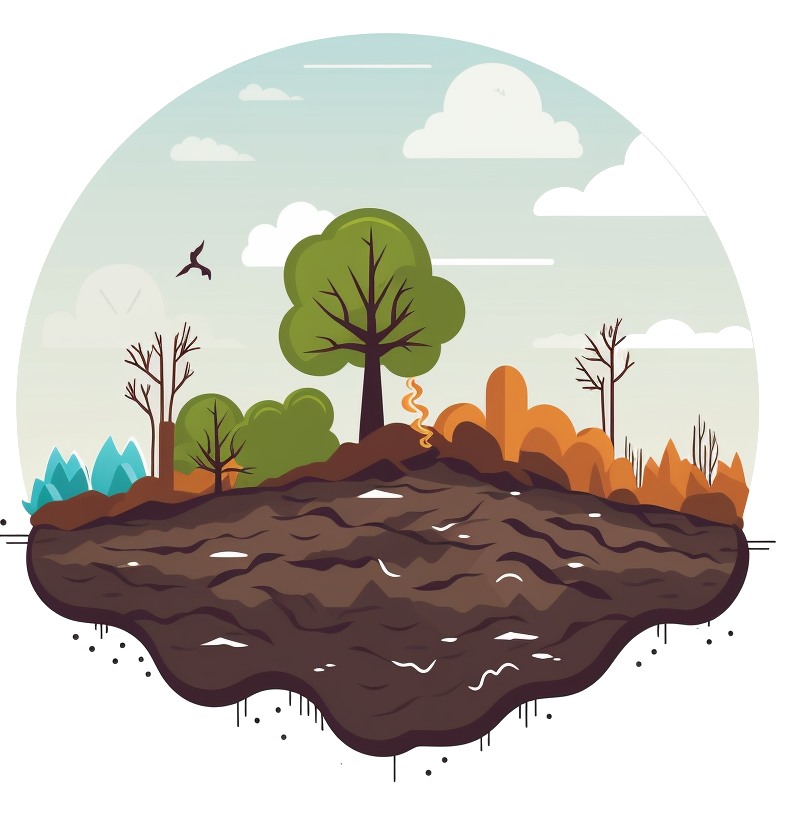What is interesting is that plant communities diverge and converge over 100k+ year timeframes. The boreal or what have you might have looked a bit different in terms of composition a few 100k years ago. Most env. Scientists (myself included until I learned this) tend to think of ecosystems as relatively static, but that’s not the case. They, like the organisms they contain, adapt to external pressure, or die.
The Siberian Traps event released some 40,000 gigatons (Gt) of carbon over 200,000 years. The resulting increase in global average temperatures between 5 - 10°C caused Earth’s most severe extinction event in the geologic record”.
We are emitting more carbon than any volcanic event
Nonchalant whistling of oil executives can be heard in the background
The biggest difference we see between today’s world and that world is the almost instantaneous movement (in evolutionary time) of plant and animal species with very high degrees of invasiveness, almost globally. It’s not clear how this would impact the adaptation phase of these events, but I have a hard time imagining it following the same tract as how global warming would impact integrated, in tact ecosystems.
They say right in the article that decline in veg resulted in worse and longer climate change.
Degradation of ecosystems with invasive spp. Likely just increases the rate of veg removal
For one, an invasive species could force a lot of other competitors into extinction, dropping the diversity. Then the now dominant invasive species suffers its own decline, leaving much less left.
You’re very much on point.
An aside: have you heard of the Gleason rivet hypothesis?
This is it: it takes about 8 spp to hold up an ecosystem. Because we don’t know what those spp. Are, we want to maintain biodiversity, similar to how we want to have all the rivets on a plane.
Now I think Gleason was a bit off. I think there are spp that can move in and fill the function of dominant spp if they leave. Look at how coyotes fill in the niche of extripated wolves in Yellowstone - they got bigger, started hunting in packs. however you most certainly want to keep everything you have, in terms of BD
I hadn’t heard of that, but it makes sense that there would be some minimal number, which would certainly be fuzzy and vary depending on environment and species groups. A basic but good example of how more numbers creates stability is the old rabbit and fox simulator. You could get variables that had regular cycles, but it was very easy to spiral out of control. Having more things and interdependence would dampen these changes.




